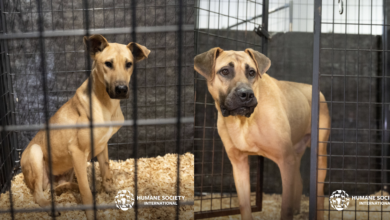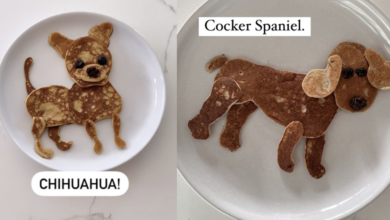At what age do dogs stop growing?
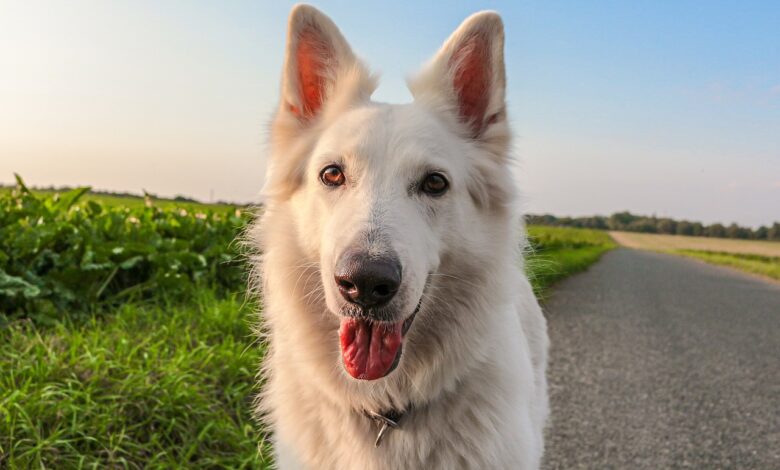
Understanding when dogs stop growing is a common concern for many pet owners. Whether you’re curious about your puppy’s future size or worried about ensuring proper development, knowing the stages of dog development is important. Growth in dogs varies widely based on a number of factors, including breed, genetics, and nutrition. Knowing when your dog stops growing can help you better plan for their care, including their dietary needs, exercise routine, and space requirements. This article delves into the factors that influence dog growth, the typical growth stages of different breeds, signs that your dog has stopped growing, and the importance of nutrition. and health during these critical periods.
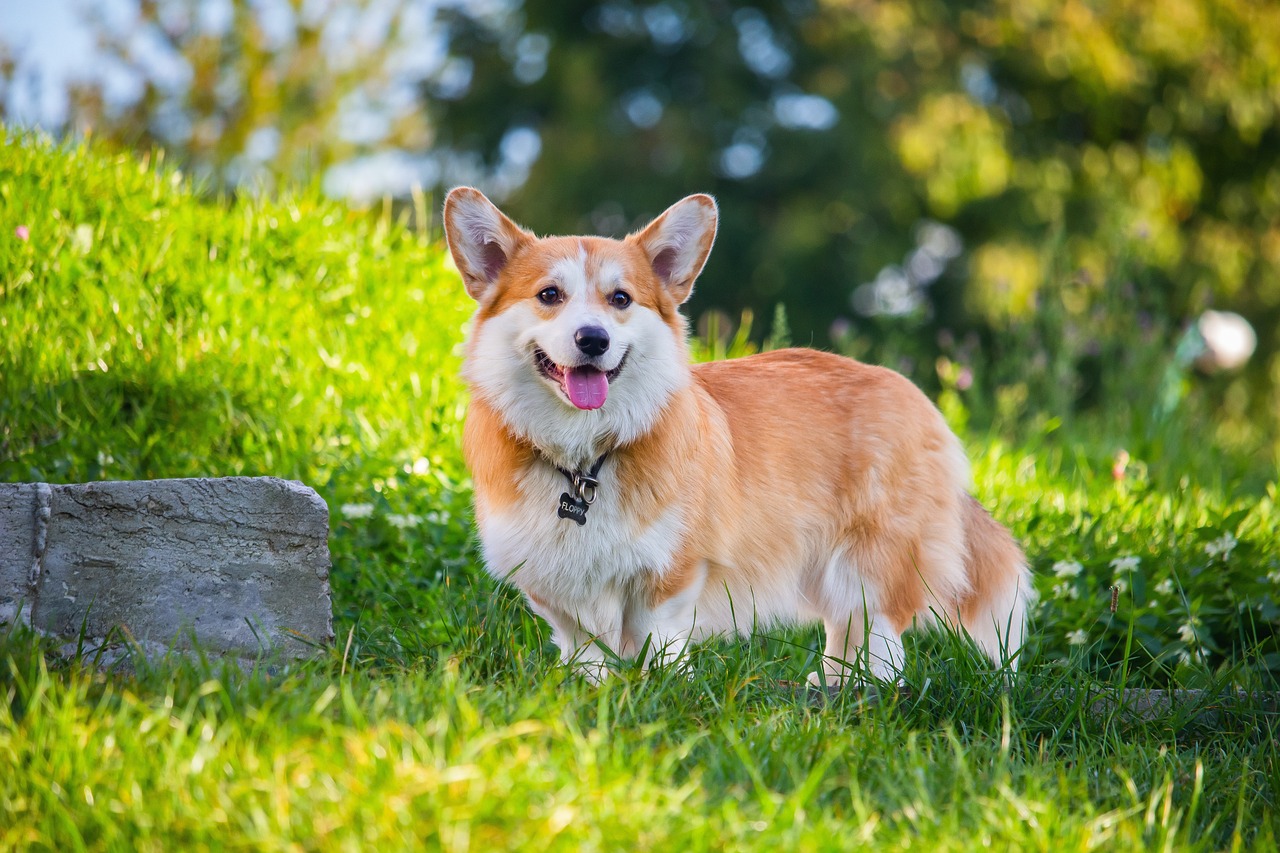
Factors that influence when dogs stop growing
Several factors influence the age at which dogs stop growing. The main factor is breed. Small breeds tend to mature faster and reach full size sooner than larger breeds. Genetics also play an important role; Dogs inherit growth patterns from their parents. Nutrition is another important factor; A proper diet ensures dogs grow healthily and reach their potential size. Poor nutrition can lead to slowed growth or health problems. Additionally, spaying or neutering at an early age can affect your dog’s growth plates, potentially affecting their final size. Understanding these factors can help pet owners support their dog’s development more effectively.
Discover how to calculate your dog’s age
Growth stages of different dog breeds
Dog growth stages can be classified by breed size:
- Small breed: Breeds like the Chihuahua and Yorkshire Terrier usually stop growing between 8 and 12 months. These dogs grow quickly and mature faster than larger breeds.
- Average breed: Breeds like Beagles and Cocker Spaniels usually stop growing at around 12 to 15 months. They have a moderate growth rate compared to small and large breeds.
- Large variety: Breeds like Labradors and Golden Retrievers typically stop growing between 18 and 24 months. Due to their larger bone structure, these breeds take longer to reach full size.
- Giant breed: Breeds like Great Danes and Saint Bernards can continue to grow until they are 2 to 3 years old. Their extensive growth period is due to their enormous size.
Each dog breed has its own growth patterns, and understanding these patterns can help manage expectations and properly care for your dog through his growth stages.
Signs that your dog has stopped growing
Some signs indicate that the dog has stopped growing. Physically, you may notice your dog’s height and length have stabilized. Their weight may also stabilize, although it is more important to monitor a healthy weight rather than obesity. Behaviorally, adult dogs often have less puppy-like behavior and more mature attitudes. Closure of growth plates, which a veterinarian can confirm through X-rays, is a clear sign that a dog has reached its maximum size. Observing these signs can help pet owners adjust care and activities to suit their dog’s developmental stage.
The role of nutrition in dog development
Proper nutrition is essential for healthy growth in dogs. Puppies need a diet rich in protein, fat, vitamins and minerals to support their rapid development. The right balance of nutrients ensures normal bone, muscle and organ development. As dogs mature, their dietary needs change. Overfeeding can lead to obesity, while underfeeding can lead to malnutrition and stunted growth. Consulting with your veterinarian to choose the right food and feeding schedule for your dog’s breed and size can prevent growth-related problems. Additionally, some breeds may require specific dietary adjustments to address genetic predispositions to certain health conditions.
Find out when your dog is fully grown
Health considerations during the growth period
During the growth phase, dogs are susceptible to various health problems. Large and giant breeds are especially susceptible to joint problems such as hip dysplasia, which can become worse as they grow rapidly. Regular veterinary checkups are important to monitor growth and detect potential problems early. Vaccinations, parasite control, and dental care are important aspects of maintaining health during these periods. Exercise is necessary but must be appropriate to the age and size of the dog to avoid stressing developing bones and joints. A balanced approach to nutrition, exercise and medical care will support healthy growth and development.
Find Out Your Pointer’s Weight And Height By Age
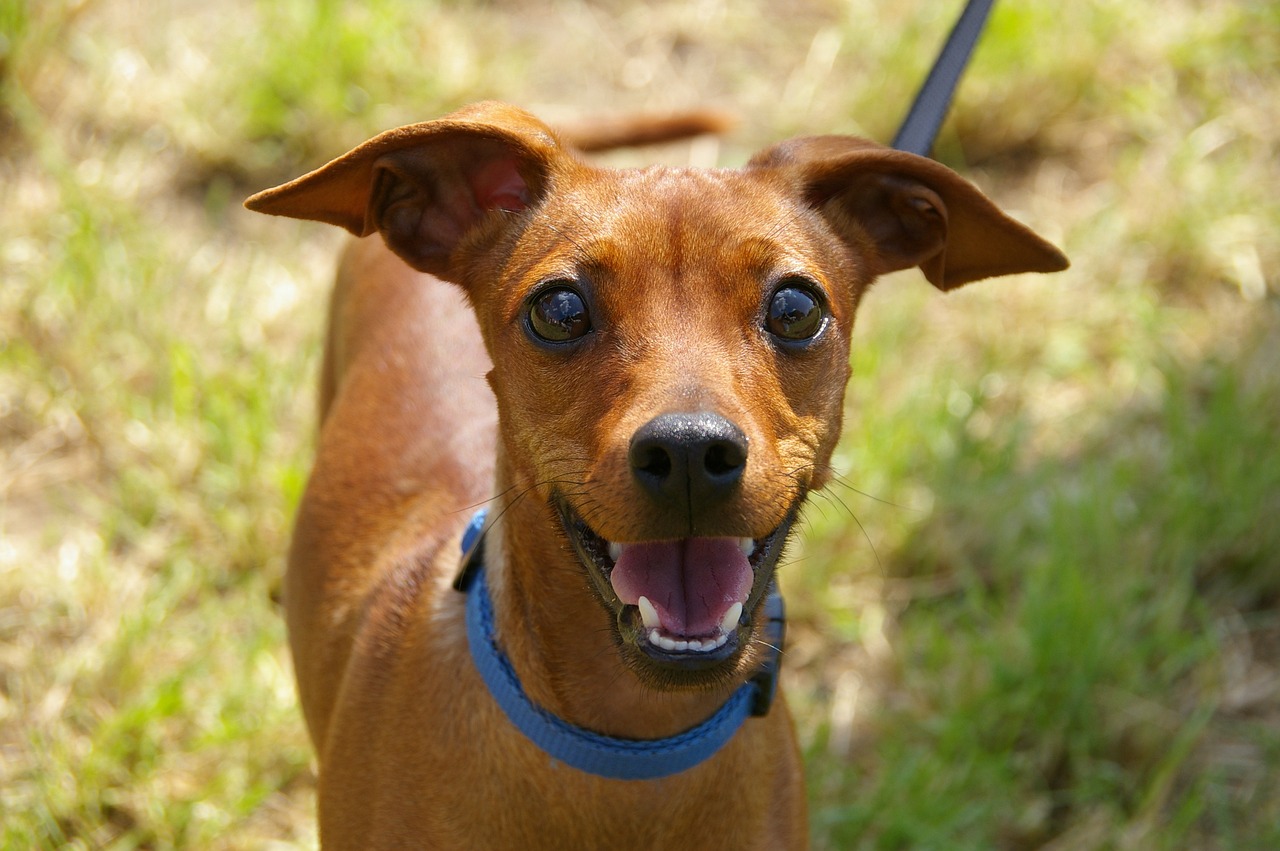
Key insights into when dogs stop growing and how to support their development
Understanding the factors that influence when dogs stop growing and recognizing the signs of growth completion is essential to providing optimal care. Pet owners can effectively support their dogs throughout the stages of development by considering breed-specific growth patterns, ensuring proper nutrition, and being vigilant about health. Regular veterinary visits, a balanced diet and appropriate exercise are key factors in monitoring and supporting your dog’s growth. By taking these steps, you can help ensure your dog grows into a healthy and happy adult, ready to enjoy a long and fulfilling life.

